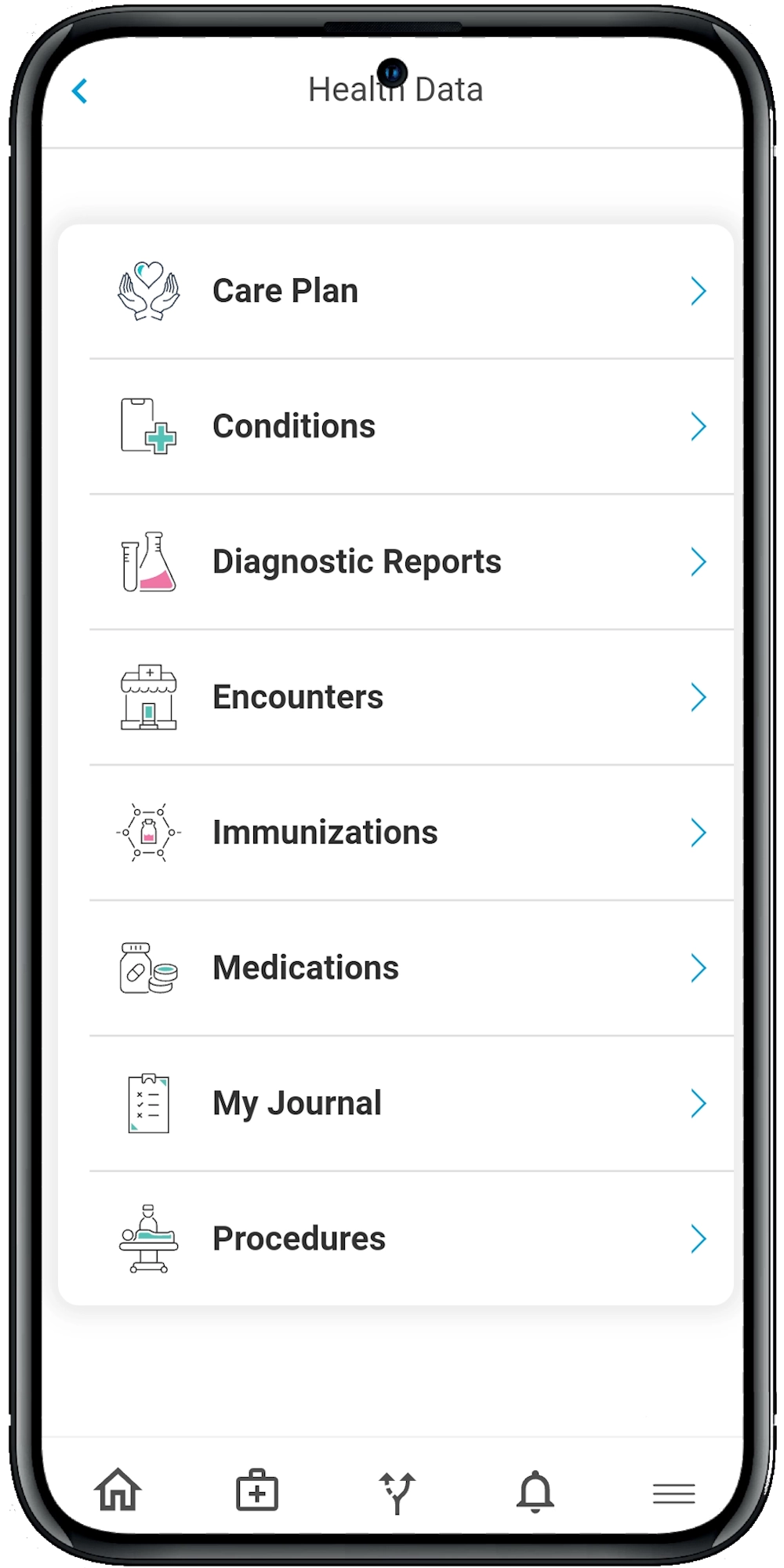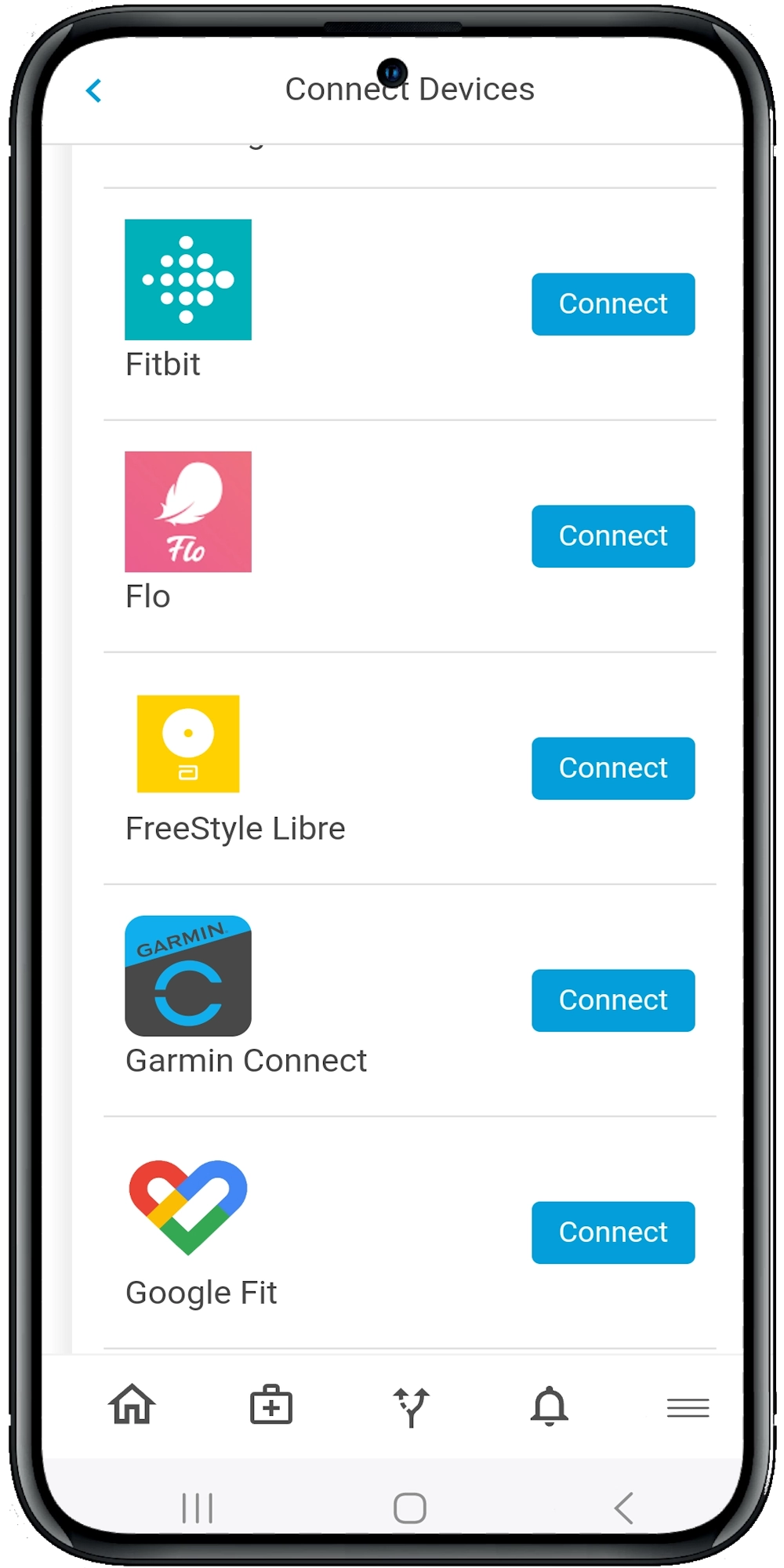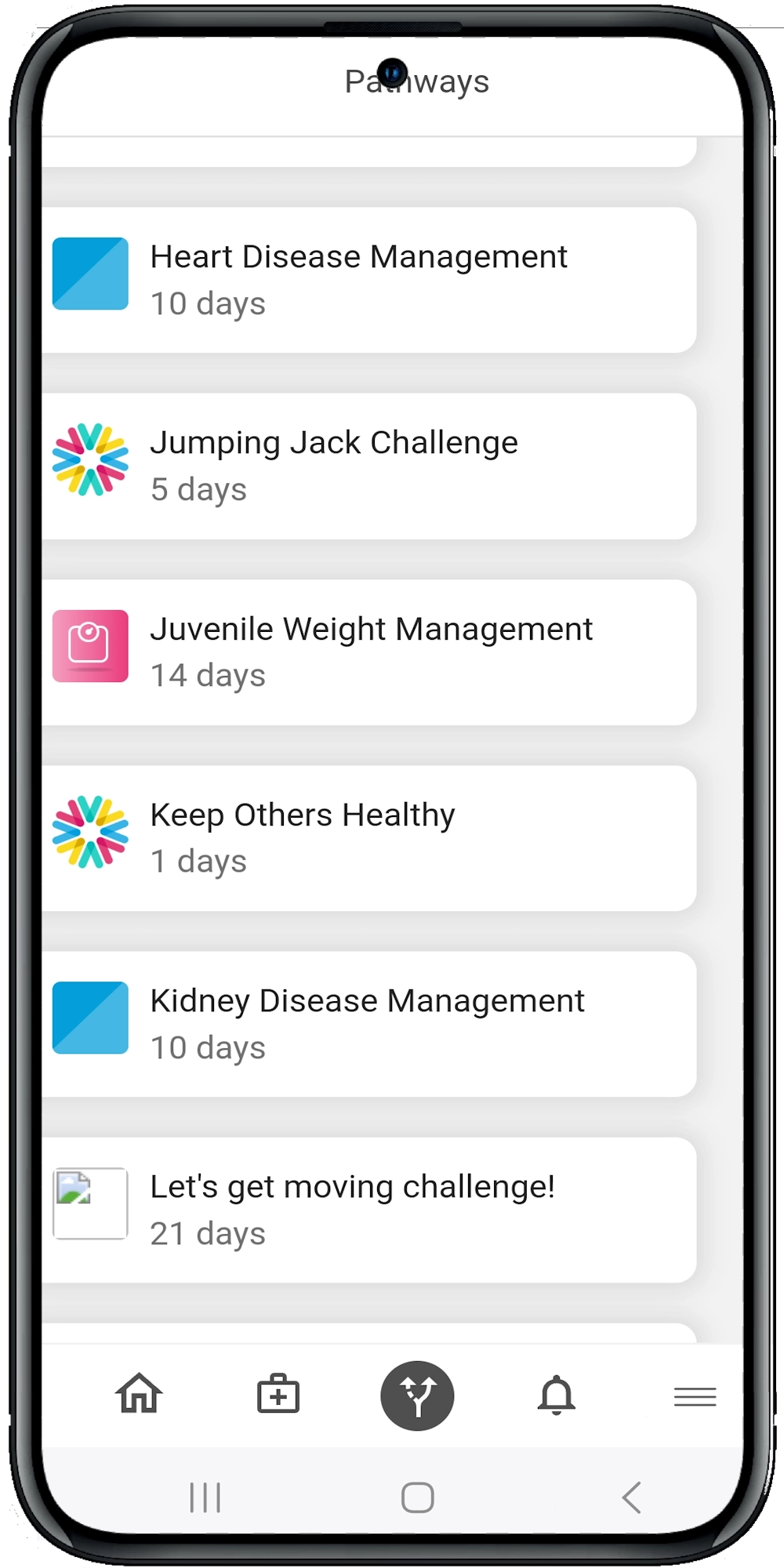Leveraging Wearable Devices for Better Outcomes in Preventive Medicine Management
The Power of Real-Time Data
Imagine being able to monitor a patient’s heart rate, sleep patterns, and physical activity without them having to step into your office. Wearable devices make this possible. They provide continuous, real-time data that can help us identify potential health issues before they become serious problems.
Benefits of Real-Time Data:
- Early Detection: Catching irregularities early can prevent conditions from worsening.
- Personalized Care: Tailor treatment plans based on individual data.
- Patient Engagement: Encourage patients to take an active role in their health.
Enhancing Patient Compliance
One of the biggest challenges in preventive medicine is ensuring that patients adhere to their prescribed health regimens. Wearable devices can significantly improve compliance by providing constant reminders and feedback.
How Wearables Improve Compliance:
- Daily Reminders: Alerts for medication, exercise, and other health-related activities.
- Goal Setting: Patients can set and track their own health goals.
- Instant Feedback: Immediate insights into their progress, which can be motivating.
Data-Driven Decision Making
The data collected by wearable devices can be a goldmine for healthcare providers. By analyzing this data, we can make more informed decisions about a patient’s care.
Key Data Points:
- Heart Rate Variability: Can indicate stress levels and overall cardiovascular health.
- Sleep Patterns: Poor sleep can be a sign of underlying health issues.
- Physical Activity: Helps assess whether patients are getting enough exercise.
Integrating Wearable Data into EHRs
One of the most exciting developments in digital health is the integration of wearable device data into Electronic Health Records (EHRs). This seamless integration can provide a more comprehensive view of a patient’s health.
Benefits of EHR Integration:
- Holistic View: Combines clinical data with real-world data from wearables.
- Improved Communication: Easier to share data between healthcare providers.
- Enhanced Monitoring: Continuous monitoring can lead to better long-term outcomes.
Addressing Privacy Concerns
While the benefits of wearable devices are numerous, it’s essential to address privacy concerns. Patients need to feel confident that their data is secure.
Ensuring Data Privacy:
- Data Encryption: Ensuring that data is encrypted both in transit and at rest.
- Patient Consent: Always obtain explicit consent before collecting data.
- Transparent Policies: Clearly explain how data will be used and protected.
Real-World Applications
Wearable devices aren’t just theoretical tools; they’re already making a difference in preventive medicine.
Case Studies:
- Diabetes Management: Continuous glucose monitors help patients and doctors keep track of blood sugar levels in real-time.
- Cardiac Care: Wearable ECG monitors can detect irregular heartbeats and alert patients and doctors immediately.
- Weight Management: Fitness trackers help patients monitor their physical activity and caloric intake, aiding in weight loss and maintenance.
The Future of Preventive Medicine
The future of preventive medicine looks promising with the continued advancement of wearable technology. These devices will become even more sophisticated, providing deeper insights into our patients’ health.
Emerging Trends:
- AI and Machine Learning: Predictive analytics can foresee potential health issues before they arise.
- Advanced Sensors: New types of sensors will provide even more health metrics.
- Interoperability: Improved integration with other health technologies for a seamless user experience.
Summary and Suggestions
Wearable devices offer a revolutionary way to enhance preventive medicine. By providing real-time data, improving patient compliance, and enabling data-driven decision-making, these tools can help us achieve better health outcomes for our patients. Ready to dive deeper? Explore our other resources or schedule a demo to learn more about our digital health platform and solutions.





